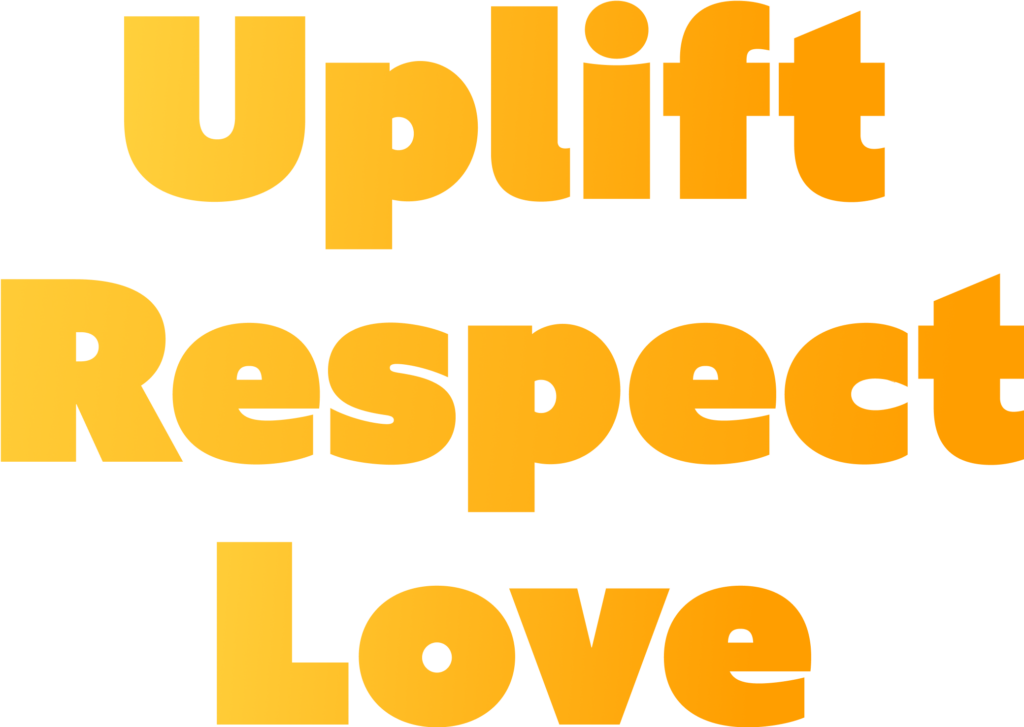Today marks 54 years since four unarmed university students protesting the expansion of the Vietnam War into Cambodia were fatally shot by soldiers with the Ohio National Guard and nine others were injured at Kent State University in Kent, Ohio.
For many, the police crackdowns on student protesters across the nation over the past few weeks have drawn comparisons between the two. And it makes sense. In both cases the students are largely peaceful protesters calling for an end to an aggression that they don’t support.
And while the protests have not, at this time of writing, resulted in any casualties, the tactics in which law enforcement agencies have taken — and the seeming swiftness with which some universities have been willing to call them in — make it seem like the lessons from Kent State have been forgotten.
At the university where I teach, the University of Southern California (USC), administration decided to call in both campus and city law enforcement agencies to forcibly remove peaceful protesters within hours of them setting up an encampment, resulting in the arrest of nearly 100 people — mostly students — and drawing the ire of elected officials, the campus community, lawyers, journalists and the city at large.
In a meeting with faculty this week, USC President Carol Folt reflected on the decision, stating that it wasn’t the outcome that anyone really wanted. She talked about what she wished she had done instead.
“I would have gone out there myself and [tried] to talk to students,” she said. “I don’t know why I didn’t … I regret that. If I had a chance to do it again, I would do that.”
Ongoing coverage from the student journalists of Annenberg Media can be found here.
Unfortunately, there are no do-overs in the real world. The choices university administrators make when calling in law enforcement to forcibly remove protesters have lasting consequences including the potential for criminal charges, interruptions to academic pursuits and, in some cases, even the loss of visas.
But it doesn’t have to be this way.
At the University of California Riverside, Chancellor Kim Wilcox issued a statement five hours after an encampment was erected on campus already meeting one of the protesters’ demands: ending the institution’s silence about what’s happening in Gaza.
“The suffering in Gaza since the start of this war has been unimaginable – more than 30,000 deaths, millions of people displaced, and hunger that is bordering on famine,” Wilcox wrote. “The crisis has affected many on our campus in a personal and profound way.”
One of the organizers I talked with for a story I wrote said it was a “win for the students,” though the organizer said the group had not yet met with administration to talk about their remaining demands.
And at California State University Sacramento, commonly referred to as Sac State, President Luke Wood said the encampment would be allowed to remain in place until May 8 with a possibility for the deadline to be extended if everything remained like it was for the first two days, according to student newspaper The State Hornet.
“As far as I’m concerned, the encampment can last as long as it continues to be what it is, which is a positive demonstration of free speech, as long as it’s safe, and as long as we’re making sure we’re handling the discussions in the right way,” Wood previously told the outlet, adding that “[t]here’s a lot of examples of what happens when things go wrong.”
It’s the same stance another Cal State campus has taken, as reported by URL Media partner El Tecolote.
According to the outlet, San Francisco State University said it “plans to honor the student’s right to protest peacefully while also preserving the safety of the campus.”
But going one step further are the campuses that negotiated in good faith with protest organizers to come to a mutually agreed upon deal for the encampment to come down and the university to take action, like administrators from both Brown University and Northwestern University did.
As these protests continue, my hope is that we continue to see more discussions between universities and protesters and fewer calls to law enforcement. — Alicia Ramirez
P.S. Want to learn more about the history of student protest? Check out this piece about the legacy of the Civil Rights Movement by URL Media partner Capital B.
Uplift. Respect. Love.


